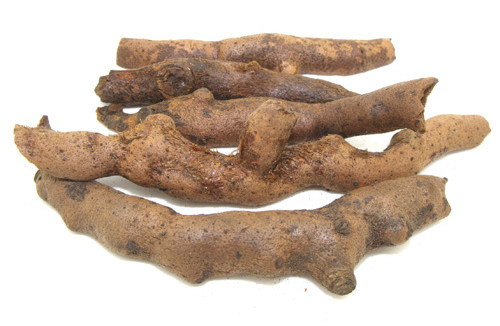Medicinal plants have long been valued for their role in treating numerous diseases. Yet pinpointing the exact molecules from an array of compounds that comprise the majority of plant species has proved quite difficult. University of Toyama researchers in Japan have created a means of isolating and identifying the important active compounds within plant medicines. Their methodology has been published in Frontiers in Pharmacology. The project was spearheaded by University of Toyama associate professor of neuropharmacology Chihiro Tohda, Ph.D.

How they found the evidence
The research group used a new technique to identify numerous active compounds from a traditional plant medicine known as Drynaria rhizome. These compounds boost memory and decrease disease characteristics. Although the work was performed on a mouse model of Alzheimer’s disease not humans.
Scientists usually screen plant medicines with lab experiments over and over to determine if specific compounds display an effect on cells raised in vitro. If a compound displays a positive effect in the cells or test tubes, it has the potential to be used in the form of a drug. Such compounds are subsequently tested in animals. Yet this is a painstaking process that does not take into account the alterations that occur when drugs enter the body. As an example, enzymes within the blood and liver metabolize drugs into several forms referred to as metabolites. Certain areas of the body like the brain aren’t easily accessible by most drugs. Only a handful of drugs or their metabolites can access such tissues. Dr. Tohda’s group developed more efficient methods to pinpoint authentic active plant compounds to take such factors into account.
The research team made use of mice with a genetic mutation that acted as an Alzheimer’s disease model. This mutation provided mice with characteristics of Alzheimer’s disease such as limited memory and an abundance of specific proteins within the brain like tau and amyloid proteins.
Findings
The research team determined Drynaria rhizome enhances memory function and facilitates AD pathologies in mice. Biochemical analysis allowed for the identification of bioeffective metabolites like glucuronides and naringenin that are transmitted to the brain. The research group combined immunoprecipitation-liquid chromatography/mass spectrometry analysis with drug affinity responsive target stability to pinpoint the collapsin response mediator protein 2 (CRMP2) protein as a naringenin target.
It was determined the plant extract decreased memory impairments as well as the level of tau and amyloid proteins within the brains of mice. The team studied the mouse brain tissues five hours following treatment with the extract. It was determined three plant compounds made it to the brain: two naringenin metabolites and naringenin.
When mice were treated with pure naringenin, it was found that the same boosts in memory deficits and decreased tau and amyloid proteins occurred. This is a sign that naringenin and its associated metabolites are the active compounds in the plant. The research team also found a protein referred to as CRMP2, that naringenin binds within neurons, spurs growth. This might be the mechanism through which naringenin improves the symptoms of Alzheimer’s disease.
A Look at the Future
The research group hopes its new technique will be used to identify additional treatments. They will apply the method to discover new drugs for an array of diseases ranging from depression to sarcopenia and even spinal cord injuries. In summary, the findings show that the biochemical analysis combined with pharmacological methods described above prove useful in the quest to identify new targets for Alzheimer’s disease intervention.
